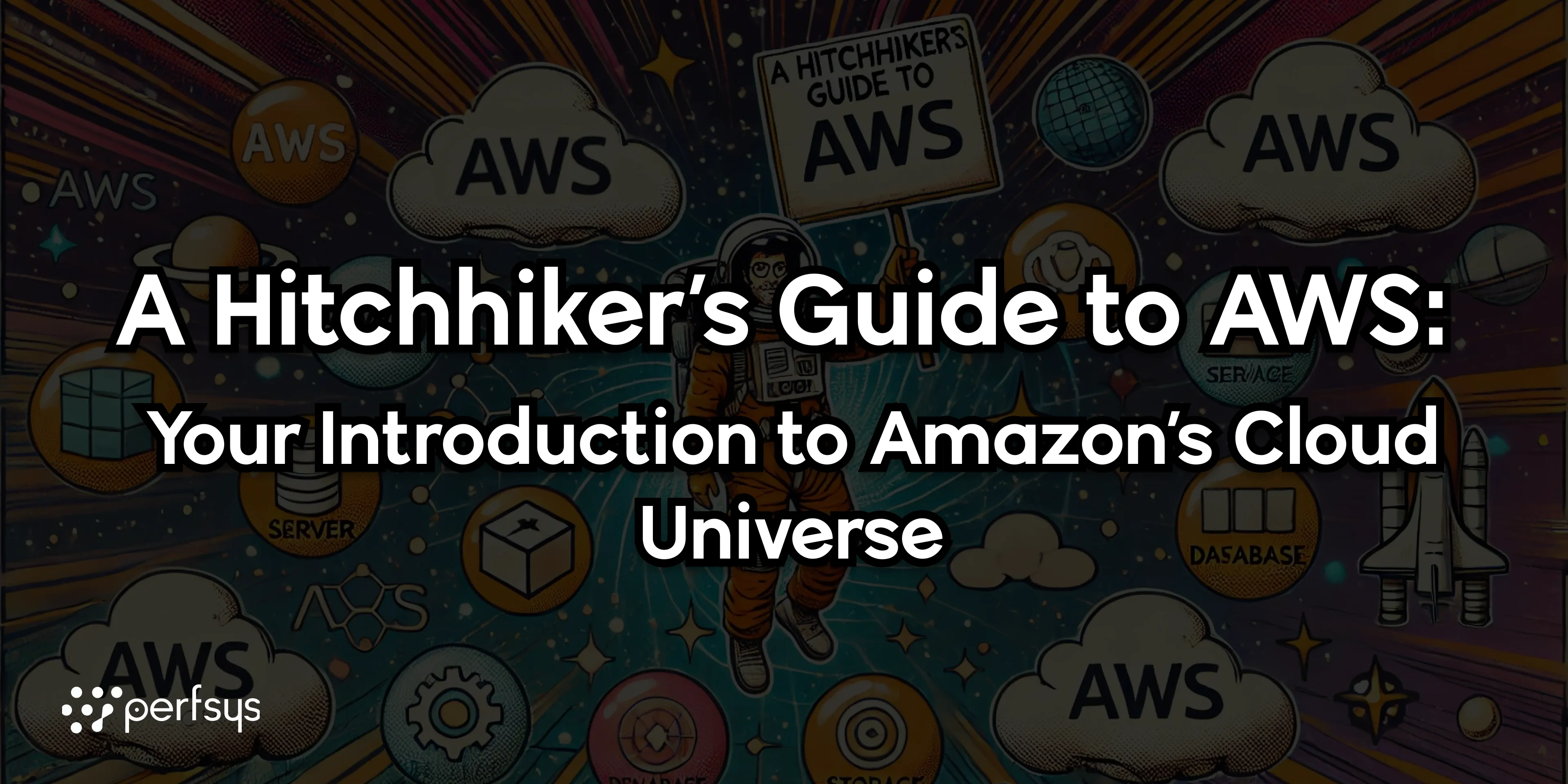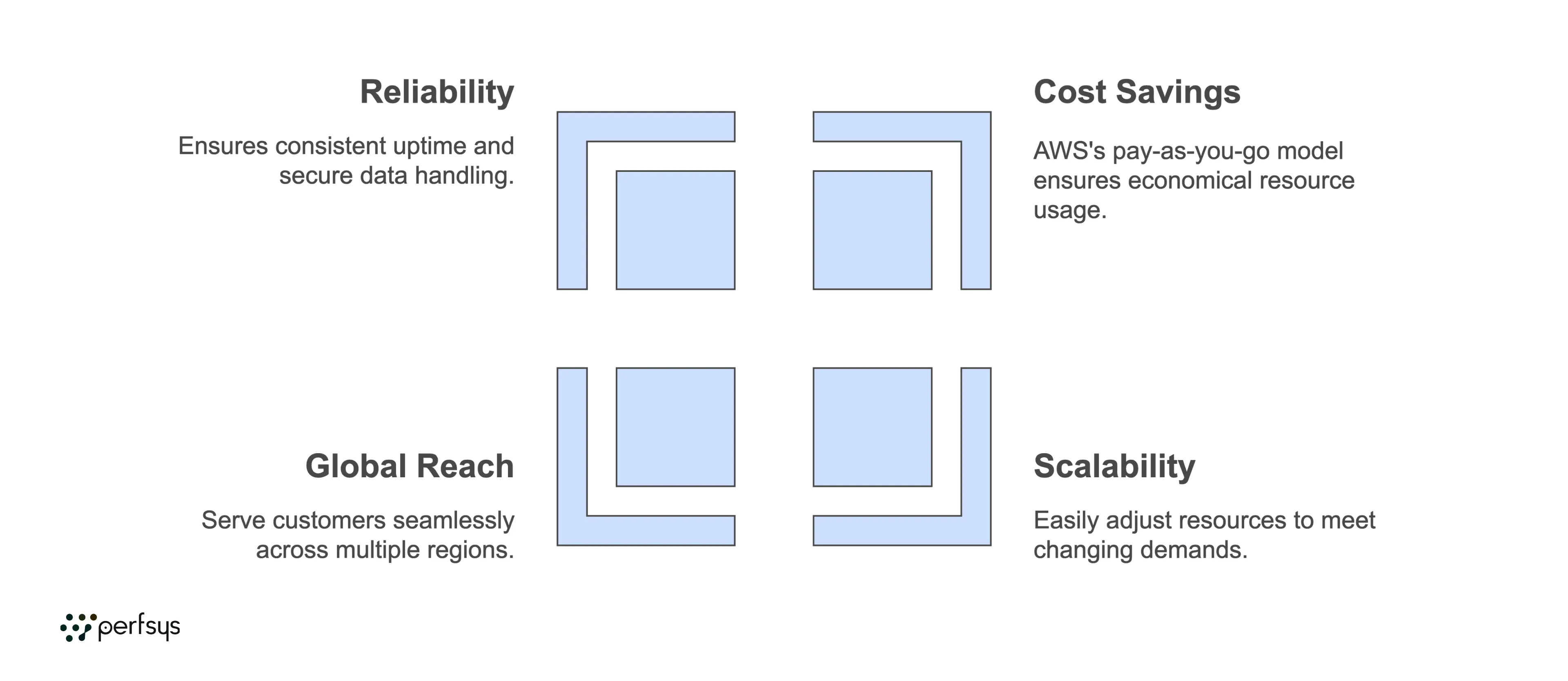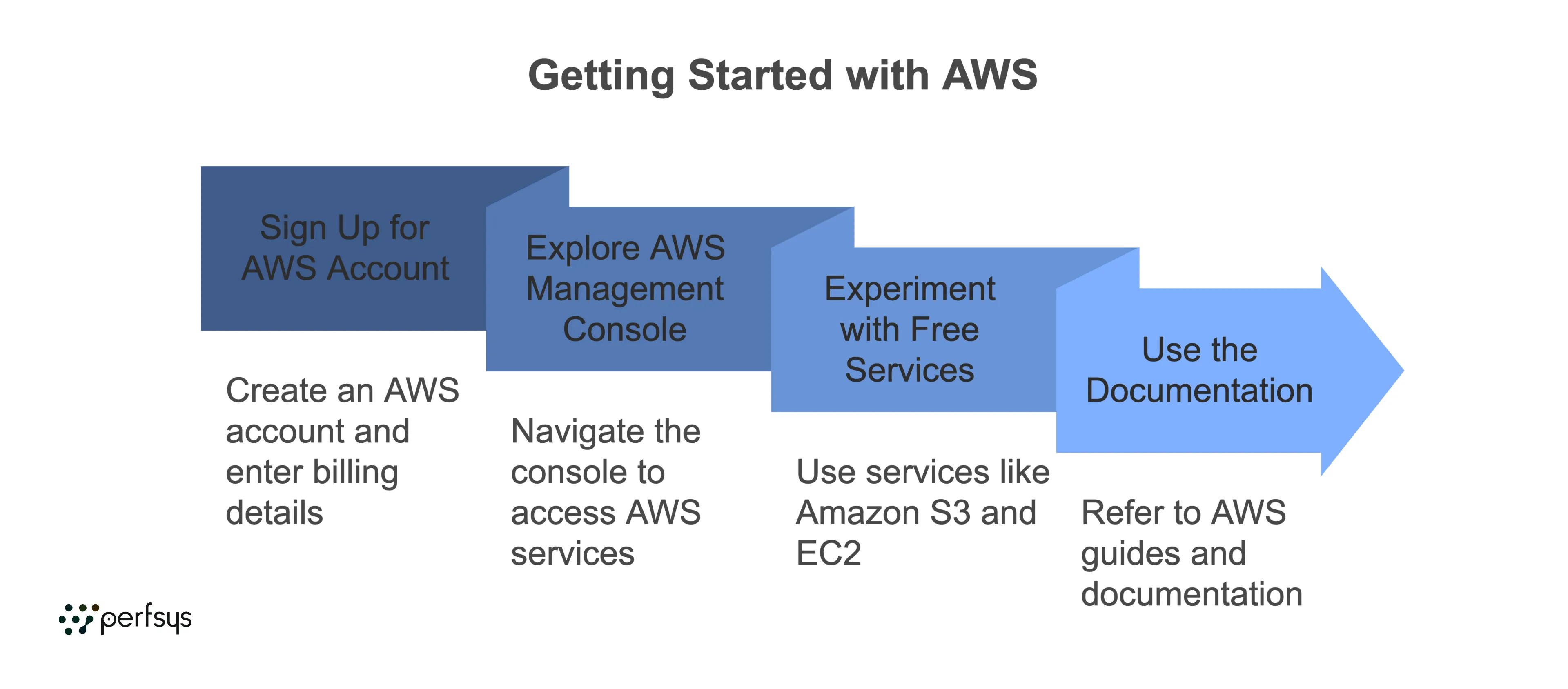A Beginner’s Guide to AWS: Your Introduction to Amazon’s Cloud Universe

Welcome to the world of Amazon Web Services (AWS)! For anyone stepping into the realm of cloud computing, AWS can feel overwhelming at first. But with this guide, you’ll have a straightforward roadmap to understanding the basics of AWS and its main services.
What is AWS?
At its core, AWS (Amazon Web Services) is a cloud computing platform created by Amazon. AWS allows businesses and individuals to use Amazon’s data centers to power applications, store data, and scale operations without needing their own physical infrastructure. With a global network of servers, AWS enables services like web hosting, data storage, machine learning, and application deployment.
Why Use AWS?
For organizations of all sizes, the cloud offers:
-
— Cost Savings: AWS operates on a pay-as-you-go model, meaning you only pay for the resources you use.
-
— Scalability: Scale up or down quickly based on demand.
-
— Global Reach: AWS spans the globe, allowing you to serve customers across regions seamlessly.
-
— Reliability: With multiple data centers, AWS ensures uptime and secure data handling.

The Basics: Key Terms to Know
If you’re new to AWS, some terms may sound unfamiliar. Here’s a quick rundown:
-
— Cloud Computing: Using the internet (or “cloud”) to access servers, storage, and applications hosted remotely instead of on a personal device or local server.
-
— Region: AWS divides its infrastructure into geographic locations called Regions (e.g., US East, Europe Central). Each Region consists of multiple data centers.
-
— Availability Zone (AZ): A Region is further divided into Availability Zones, each a separate data center. AWS distributes resources across AZs to ensure fault tolerance and availability.
-
— IAM (Identity and Access Management): A service that controls access to AWS resources securely, allowing you to manage permissions for users and applications.
-
— Elasticity: AWS’s ability to automatically scale resources based on demand.
Core AWS Services Everyone Should Know
AWS offers over 200 services, but here’s an introduction to the ones most commonly used.
1. Amazon EC2 (Elastic Compute Cloud)
Think of Amazon EC2 as virtual machines that can run applications on the cloud. You can choose the size and configuration of each EC2 instance, adjust its computing power, and pay only for what you use. For example, if you’re running a website, an EC2 instance can handle your site’s traffic.
Common Uses: Web hosting, application servers, data processing, and development environments.
2. Amazon S3 (Simple Storage Service)
Amazon S3 is one of the most popular cloud storage solutions, designed to store any amount of data and keep it secure and accessible. Many companies use S3 to store and back up data, images, and application files.
Common Uses: File storage, backup and recovery, data archiving, and content distribution.
3. Amazon RDS (Relational Database Service)
With Amazon RDS, you can set up, operate, and scale a relational database in the cloud. It supports popular databases like MySQL, PostgreSQL, and Oracle without requiring you to manage the underlying infrastructure.
Common Uses: Hosting databases for web applications, managing e-commerce systems, and data analytics.
4. AWS Lambda
AWS Lambda is a serverless computing service. With Lambda, you can run code without provisioning or managing servers. Just upload your code, set up when it should execute, and AWS takes care of the rest.
Common Uses: Running background tasks, responding to events (like image uploads), and automating workflows.
5. Amazon DynamoDB
Amazon DynamoDB is a NoSQL database service. Unlike relational databases, DynamoDB uses a flexible, key-value format that’s designed for quick data retrieval. It’s perfect for applications that need high-speed data access without complex queries.
Common Uses: Gaming, IoT applications, mobile backends, and e-commerce.
6. Amazon VPC (Virtual Private Cloud)
With Amazon VPC, you can create a private, isolated network within the AWS cloud, where you can launch AWS resources in a virtual environment that resembles a traditional network.
Common Uses: Building secure application networks, connecting to on-premises data centers, and ensuring data privacy.
7. Amazon CloudFront
Amazon CloudFront is a Content Delivery Network (CDN) that delivers content to users globally with low latency. CloudFront caches data in various locations worldwide, so when someone accesses your website, they get the fastest possible load times.
Common Uses: Delivering websites, streaming video, and securely distributing content globally.
8. AWS IAM (Identity and Access Management)
AWS IAM allows you to manage access to your AWS resources. With IAM, you can set up permissions for individual users, groups, and roles, ensuring the right people have access to the right resources.
Common Uses: Controlling access to databases, applications, and AWS services, and enforcing security best practices.
AWS Security and Compliance
AWS places a high emphasis on security, using a shared responsibility model. This means AWS secures the infrastructure (like servers, networks, and data centers), while customers are responsible for securing their own data, applications, and configurations.
AWS has numerous tools to assist with security:
-
— AWS IAM for managing permissions.
-
— AWS Shield for protecting against DDoS attacks.
-
— AWS WAF (Web Application Firewall) for filtering and blocking malicious traffic.
Getting Started with AWS
Here’s a simple guide to help you take the first step in AWS:
1. Sign Up for an AWS Account: Go to the AWS homepage and create an account. You’ll need to enter billing details but can try many services for free within AWS’s Free Tier.
2. Explore the AWS Management Console: Once logged in, the AWS Management Console is your control center, where you’ll find all services and options to configure your account.
3. Experiment with Free Services: Start with Amazon S3 for file storage or try launching a virtual server using EC2.
4. Use the Documentation: AWS offers extensive guides and documentation for each service. This is a valuable resource if you’re learning on your own.

Why Choose AWS?
AWS’s flexibility, scalability, and range of services make it a top choice for organizations worldwide. Whether you’re a small business, a tech startup, or a large enterprise, AWS can adapt to your needs, allowing you to use the exact resources required without overcommitting or overspending.
Conclusion
AWS is a powerful platform that can transform how businesses operate and scale online. Understanding the main services like EC2, S3, RDS, Lambda, and DynamoDB gives you a head start in cloud computing and opens the door to building powerful, scalable applications with minimal infrastructure investment.
As you dive deeper, the key to mastering AWS is to experiment with services, learn through documentation, and remember that cloud computing is about using resources in the most efficient way possible.
